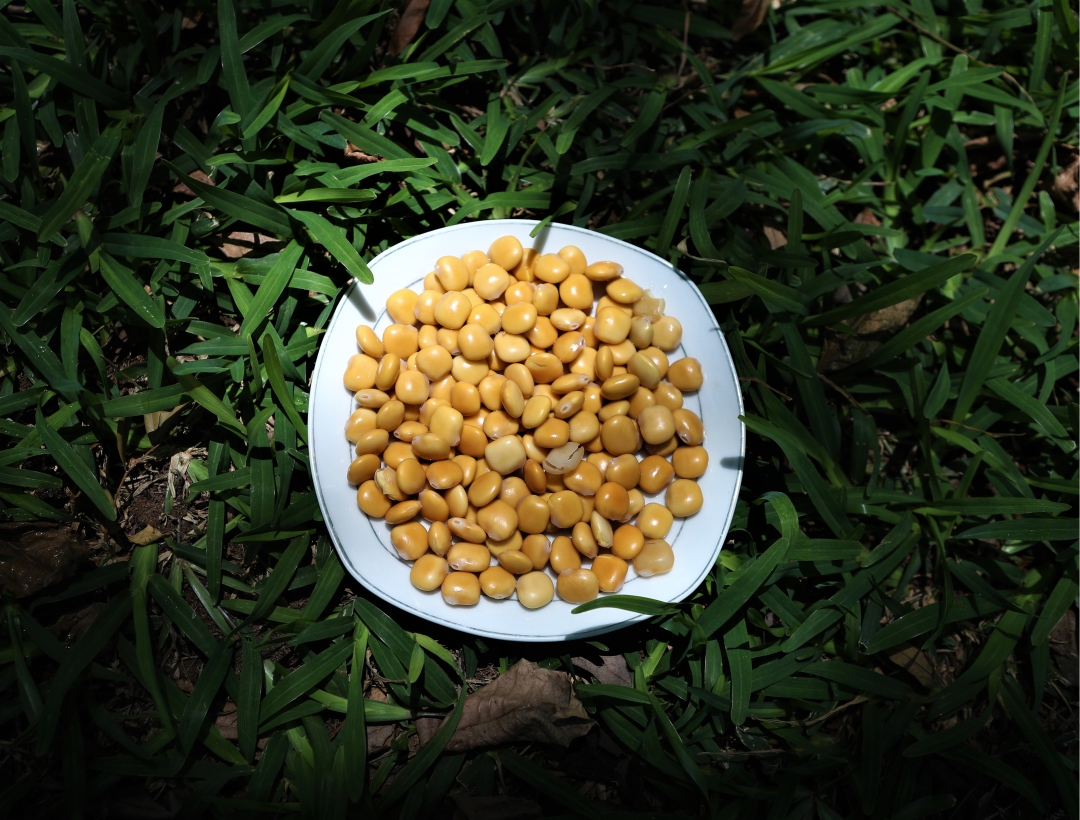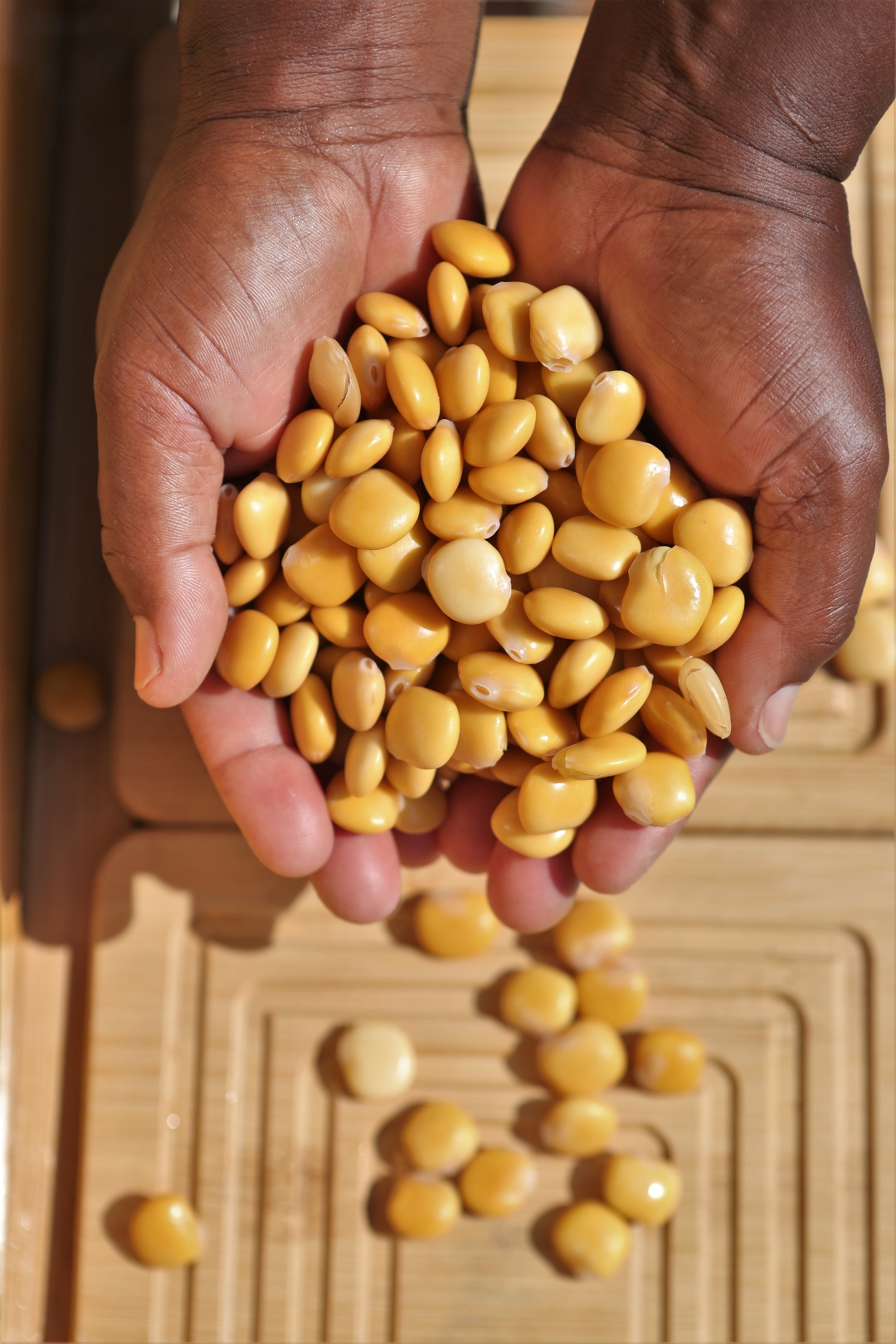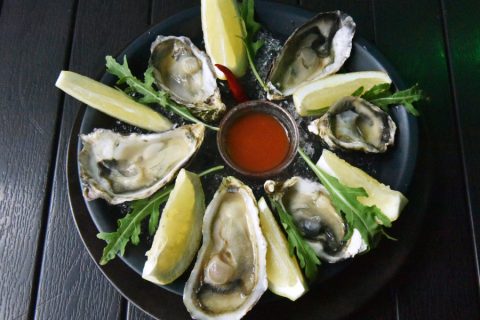Text: Hélio Nguane
Photo: Agojie Licula
Edição 85 NOV/DEZ| Download.
How about a lupin to start the conversation?

LUPIN IS RICH IN PROTEIN, .BER AND MINERALS, AIDING DIGESTION, CONTROLLING CHOLESTEROL AND PROVIDING ENERGY.
It’s been a long time since I’ve held a pen, I think as I stroke a lupin with my fingers. This traditional, almost ritualistic gesture reminds me of the chronicles I could have written, between four lines, without the number 10 shirt, without the hexa, in a typical Maputo sun, which could well be Saudi Arabia.
I still think about writing. I lick my thumb and forefinger, the salt and pepper that could flavor a good text. I take another lupin, squeeze it so that it comes out of its shell and then I live the experience – it’s almost like a dance between the body and the food. So simple.

In my haste to eat more, a lupin falls. I think about picking it up, but I leave it there, because it returns to the earth where it was born; it is forged in the constant exchange of water, in the heat, in the salt, in the precise touch of pepper, in the patience of waiting – because impatience can poison those who taste it before its time. Now, in the pot, no one can imagine its painstaking ripening process. This healthy snack is rich in protein, fiber and minerals, aiding digestion, controlling cholesterol and providing energy. Alone or among friends, the taste of lupin is so pleasant that it enlivens the conversation, arouses the desire to savor the liquid in the glass to the last drop and to prolong the arguments until exhaustion, without becoming tiresome. Undoubtedly, there are many places where you can try lupins – in Egypt, Brazil or other countries in the Mediterranean basin and South America, where they originate – but I doubt that in any of these places there is one so comforting on a summer’s evening in Maputo.
Edição 85 NOV/DEZ| Download.



































0 Comments